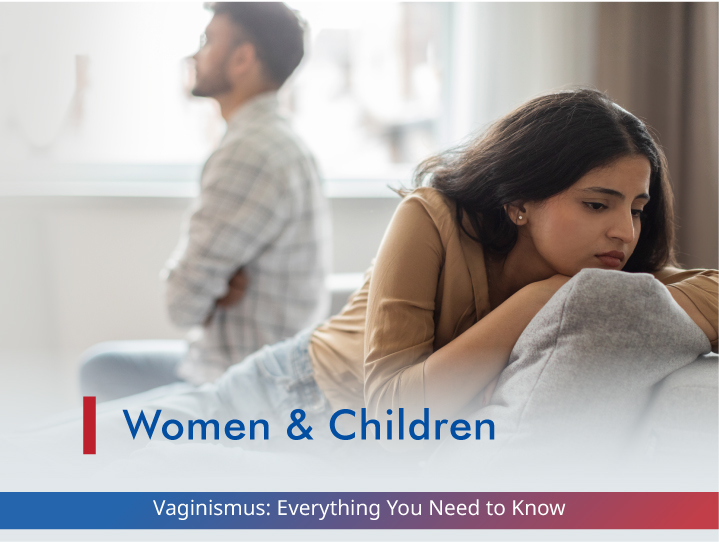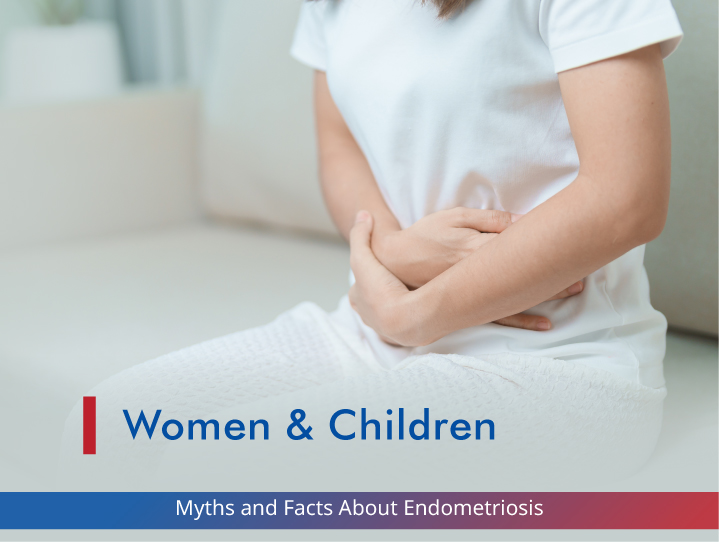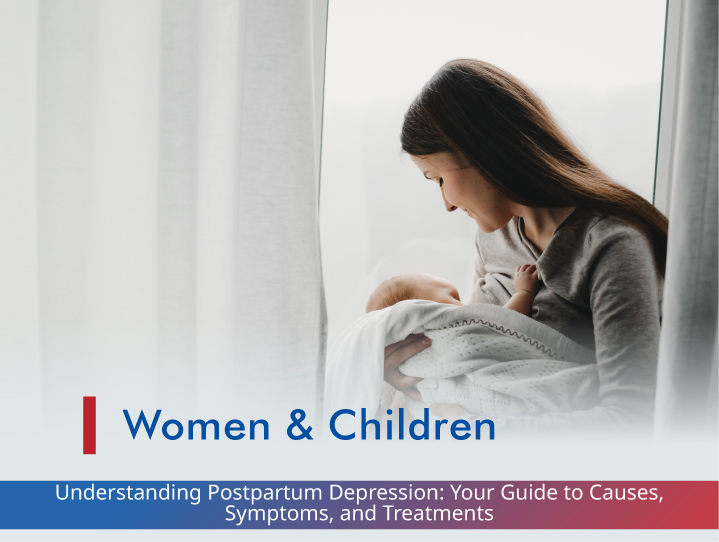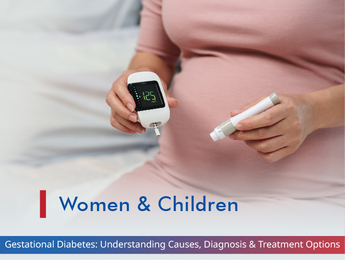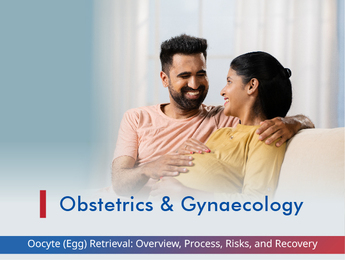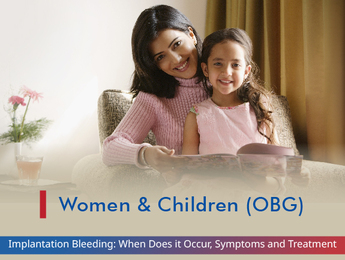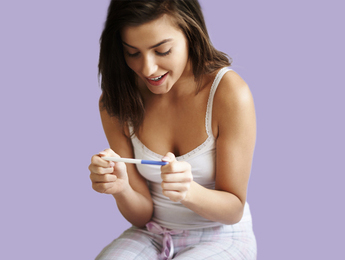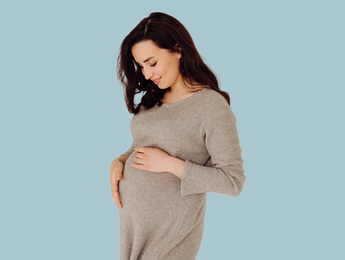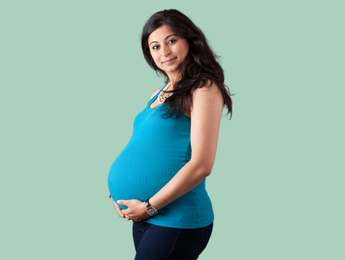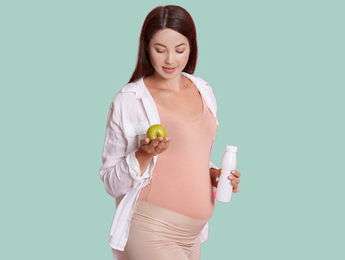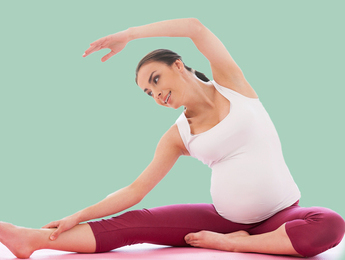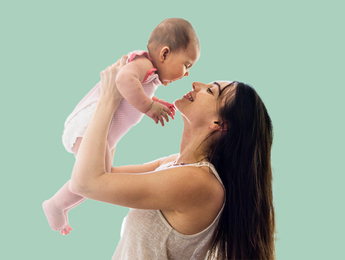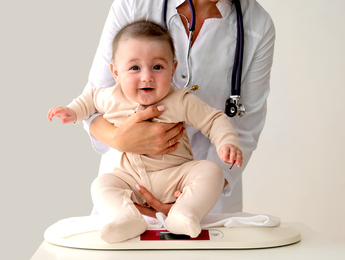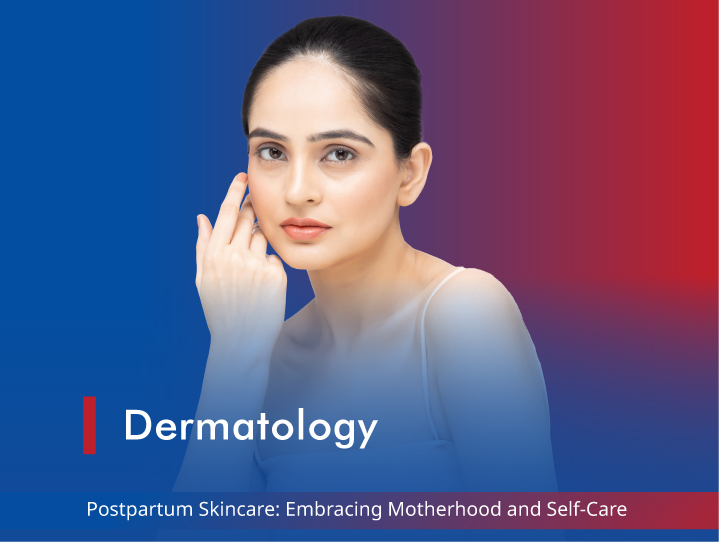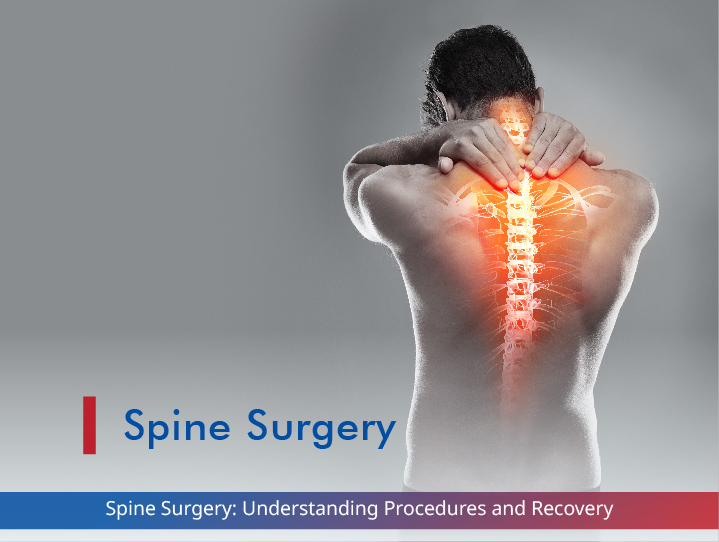Pregnancy, an awe-inspiring phenomenon, marks the initiation of a new life within a woman’s body. It is a natural biological process in which several intricate mechanisms come into play in a woman’s body to nurture and develop a fertilized cell into a tiny human being. The woman’s body has to undergo remarkable changes to support the development of this new life.
Understanding the stages and changes that occur during pregnancy is crucial.
Conception or fertilization marks the beginning of a pregnancy followed by 40 weeks of pregnancy measured from the last menstrual period to the date of delivery. During pregnancy the fetus grows and develops, eventually leading to childbirth.
The pregnancy itself can be divided into 3 trimesters:
- The first trimester (1-12 weeks)
- The second trimester (13 – 24 weeks)
- The third trimester (25 – 42+ weeks)
Diet and nutrition are of utmost importance during this period for the nourishment of the mother and the growing fetus. Exercise during pregnancy should be taken with care and under advice to facilitate easy labor and recovery.
This period of pregnancy culminates in labor and delivery (childbirth). Medical care in the period following childbirth or the postpartum period is equally important for the continued well-being of the mother and baby.
Conception and Fertilization
Any successful pregnancy begins with the fertilization or conception and ends with the delivery. Conception refers to the moment when the sperm successfully fertilizes an egg. However, conception is not a scientific term and fertilization would be a more specific term for this event.
Fertilization
Fertilization happens typically in the fallopian tube and can happen in any time up to a week after unprotected vaginal sex. The sperm, propelled by its tail, navigates through the cervix into the uterus. It then goes on to the reach the fallopian tube where the ovum awaits, if the woman is in her fertile period.
Once the sperm reaches the ovum, it has to penetrate the protective barrier around the ovum or egg. When the barrier is breached, the genetic material of the sperm and the ovum fuse resulting in the formation of a zygote- a single cell with the complete set of chromosomes required for human development. Thus, the egg is now fertilized.
Implantation
The zygote now begins its journey down the fallopian tube into the uterus. On its journey, it undergoes rapid cell division giving rise to a growing cluster of cells. Approximately 10-12 days after the fertilization, the embryo, as it is now called, attaches itself to the uterine lining in a process called implantation. This is a critical step and establishes the pregnancy.
Conception or fertilization may not always lead to pregnancy. Almost 50% of the fertilized eggs fail to implant and proceed to be shed during the normal menstrual bleeding. In some cases, the embryo implants in a position other than the uterine wall. This pregnancy is not viable and is called ectopic pregnancy. It is considered a medical emergency and will have to be terminated.
First Trimester of Pregnancy
The first trimester of pregnancy, encompassing the initial three months from conception to the 13th week, is a transformative phase marked by significant changes in both the expectant mother’s body and the developing embryo.
Changes in your body
These changes, which take place to help nourish and protect the baby, may be more pronounced in some women than others. The changes seen may be:
- Tender and swollen breasts: Soon after conception, you may notice your breasts feel tender and sore due to the increased amounts of hormones coursing through your body. The tenderness may decrease as your body gets used to the increased hormones. A supportive bra may be of help. Your areolas (area around the nipples) may darken and become larger. You may have small white bumps on your areolas. Dark blue veins on your breast may become more noticeable.
- Morning Sickness: The increased levels of hormones needed to sustain the pregnancy may cause nausea with or without actual vomiting at any time of the day. To help relieve the nausea, avoid having an empty stomach. Eat slowly and small amounts of food every two hours. Eat low fat nutrient rich food. The vomiting, unless severe, will not affect the nutrition required for the mother and fetus.
- Heartburn, Indigestion, Gas and Constipation: Increased progesterone ( a hormone) in the body causes changes in the gastrointestinal system causing a variety of gastric symptoms that range from heartburn to constipation.
- Increased frequency of urination: The increased level of progesterone is also responsible for the need to urinate frequently in early pregnancy for some women.
- Mood swings and food cravings: Mood swings and food aversion or cravings as seen in the premenstrual syndrome is common in early pregnancy and can be attributed partly to the changes in hormone levels. The changes in the body made by the demands of pregnancy can bear the partial blame for this.
- Fatigue: The emotional and physical demands made by the pregnancy can lead to extreme tiredness. This can be exacerbated by the nausea and vomiting that can happen in this trimester.
- Increased Cardiac Output: From the beginning of the pregnancy to childbirth, the expectant mother’s cardiac volume increases by almost 50% to provide blood supply for the growing fetus. This may lead to an increase in the pulse rate during pregnancy.
- Nutrition and Prenatal Care: Proper nutrition including folic acid, calcium and iron supplements are crucial at this stage to support the rapid growth of the embryo. Regular checkups would allow your doctor to monitor your health and the progress of the pregnancy.
Fetal Development in the First Trimester
The first trimester marks the inception of a remarkable journey as a single cell transforms into a complex developing fetus. All though you may not show much on the outside, a lot of dramatic changes are happening inside you as all of the major body organs and the systems of the baby are forming. It is during the first trimester that the fetus is more susceptible to damage caused due by alcohol, smoking, certain medicines, radiation and diseases such as rubella.
First month of pregnancy (1-4 weeks):
As the fertilized egg implants into the uterine wall, the amniotic sac, placenta and umbilical cord develop. The amniotic sac is a fluid filled sac which will protect and cushion the pregnancy for the next nine months. The placenta and umbilical cord will ensure that necessary nutrients reach the growing embryo and the waste material is removed. The basic structure of the face develops in this month. With the formation of blood cells, the circulatory system takes shape. At the end of the first month, your baby is as big as a grain of rice!
Second month of pregnancy (5-8 weeks):
Your baby’s facial features continue to develop. In the second month of pregnancy, the arms and legs begin to take shape. All the major body systems continue to develop and function. The embryo is beginning to take on a human shape though the head is large in comparison to the rest of the body. The heart starts beating but it may not be picked up by the doppler yet. The embryo is now about 1.5cm long.
Third month of pregnancy (9-12 weeks):
The embryo has now progressed to become a fetus. Facial features are now more distinct. Bones begin to develop. Fingers and toes can now be observed. The reproductive organs of the fetus begin to develop. The fetus is now in constant motion even though the mother may not be able to feel it yet. Even though the organs and body systems are fully formed by the end of the third month, the fetus cannot survive independently. The fetus is now about 5.5 cm long and weighs around 14 gms.
Once you have reached the end of the first trimester, the chances of a miscarriage drop considerably.
Prenatal Visit in the First Trimester
Prenatal visits are crucial for monitoring the stages of pregnancy and ensuring the health of the expectant mother and the developing fetus.
You will probably be in your 5th week of pregnancy by the time you visit your gynecologist for the first prenatal visit. This is what you can expect in your first visit:
- Your urine will be tested for confirmation of pregnancy and any infections.
- Calculation of the expected date of delivery (EDD) based on the date of your last menstruation. Even though you may not give birth on the actual date given, it is important for the doctor to calculate your EDD in order follow up on the progress of pregnancy.
- Your doctor will take a detailed medical history including your menstrual cycle and any past pregnancies, any pre-existing conditions such as diabetes, hypertension etc. They will need to know if you or your partner have any familial medical history which can affect the fetus. They will want to know about your lifestyle habits including if you smoke, consume alcohol or caffeine and if you exercise regularly.
- You will probably be prescribed folic acid supplements.
- Your blood pressure, height and weight will be recorded. The weight and blood pressure will be updated every prenatal visit.
- An ultrasound might be done to confirm pregnancy and proper implantation of the fetus in the proper position.
- Your blood will be drawn to check for blood group and Rh factor. If the mother is Rh negative and the father is Rh positive, the pregnancy will require special care.
- Blood tests will also be taken to check for anemia, rubella, HIV and syphilis
- Pap smear will be taken to rule out HPV or other sexually transmitted infections.
If your pregnancy is healthy and deemed low risk, you will have to schedule a prenatal visit once in a month for the first trimester.
The first trimester is a period of incredible growth and change both for the expectant mother and the growing fetus. It includes not only physical changes, but also profound emotional and psychological transformation. Understanding the stages and nuances of pregnancy helps the expectant parents to embark on this wonderous journey with confidence and anticipation of the new life.


